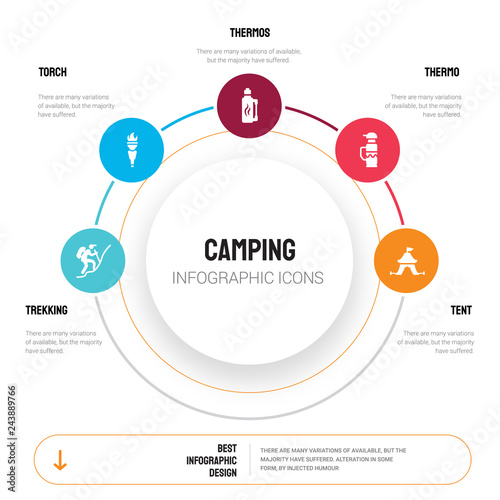The cone-shaped form of a bell outdoor tents makes it among the most effective sanctuary layouts in background. Understood by several names, consisting of the Tipi, Chum, Goahti, Lavvu, or Nentsi, these single-pole cotton canvas tents were designed with practicality in mind.
What is the meaning of Glampers?
Their simpleness and simplicity of setting up made them suitable for cultures on the move. This very same capability stood out of entertainment campers, who quickly included brief wall surfaces to produce a timeless outdoor tents layout that we currently know as the Bell Outdoor tents.
Beginnings
Bell outdoors tents are a tried and tested form of immediate lodging. Their large insides and sensible layout-- they are strong, simple to establish and can stand up to solid winds as a result of their legendary bell form-- have actually made them a popular selection for outdoor camping and glamping.
The modern bell outdoor tents traces its origins back to a 19th century army outdoor tents made by Henry Sibley. He adjusted the layout of the American Indian tipi to develop his special camping tent which was then adopted by the army for use in army camps and explorations.
The concepts of this camping tent-- tough and tough canvas providing a home-away-from-home for tourists-- have actually been fine-tuned with time to suit the requirements of modern campers. For example, modern glamping tents offer features such as carpets and beds to boost the convenience of campers. These functions also aid to keep the stability of the original design and protect against the components.
Army Use
In the 19th century, bell tents were first used as army area shelters. They were a popular selection due to the fact that they were durable, large, and simple to set up. Today, these tents are preferred amongst campers and glampers for their trendy and useful design.
They are also widely utilized in military and rescue operations, where fast implementation is key. Their simple structure suggests that they can be established in a short quantity of time, providing workers more time to concentrate on the objective at hand.
The bell outdoor tents is normally made from a durable and weatherproof canvas, with a centre pole that's sustained by a series of fixes. Duration prints show that these outdoors tents were shaped much more like a cone than a squat structure, and the wall surfaces were little in relation to the height of the facility pole. This allowed them to hold up against wind and rain. They were frequently used by the ANZAC soldiers on their expeditions throughout Europe and Gallipoli.
Glamping
Glamping is a contemporary outdoor pastime that has come to be progressively preferred. People from all profession are trying to find a way to take pleasure in the great outdoors comfortably and style. Whether it's an enchanting trip or a family members outdoor camping trip, a top quality tent can make all the distinction.
A bell camping tent's round form helps with security in windy problems, while its spacious interior can suit many people. It is additionally simple to establish, requiring just a central pole and a conelike canvas roofing that settles into a vast base.
The bell tent was developed by Henry Hopkins Sibley, an US Army soldier that served on the Texas frontier in the 1850s. He took motivation from tipis he saw, and developed a layout that was durable and easily portable. His tent was patented in 1856.
Contemporary Use
Today, bell outdoors tents are a staple in boutique outdoor camping websites, festival holiday accommodations, and as elegant outside sanctuaries for weddings or resorts. Their fashionable, timeless styles mix tradition with modernity, making them a favored among those trying to find one-of-a-kind and comfortable accommodations that are both cosmetically appealing and remarkably easy to set up.
The contemporary bell tent traces its beginnings back to typical tents utilized by nomadic people in Northern Europe, but experienced its heyday around the 19th glamping tent rental century when canvas changed animal hides as the key material. This modification, incorporated with a practical style that focuses on clearance, saw the emergence of a popular armed forces area shelter and, later on, the famous outdoor tents we know as the bell.
In the 1850s, an US Army soldier called Henry Hopkins Sibley developed the first contemporary bell camping tent. Attracting inspiration from the tipis he had seen on the Texas frontier, his new camping tent made use of a solitary central pole and vents to produce a framework that was both sturdy and easily portable.
Do you need a tarp for a tent?
